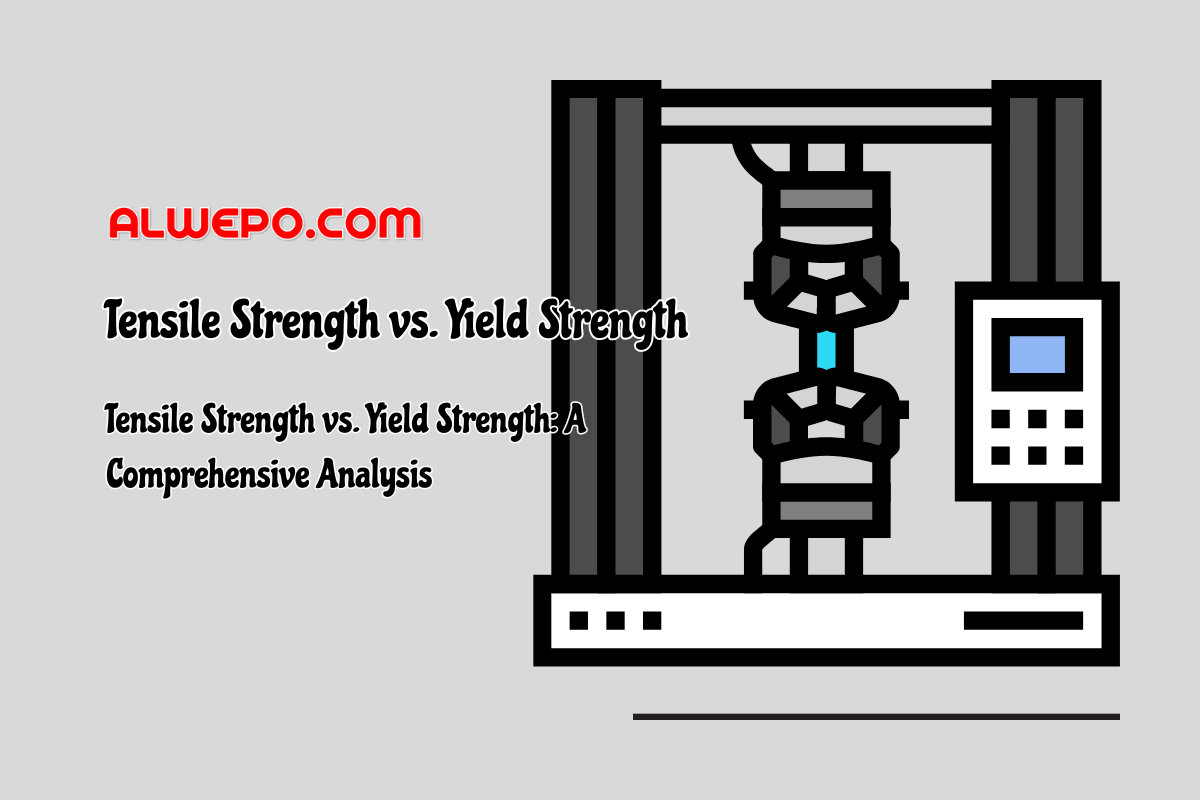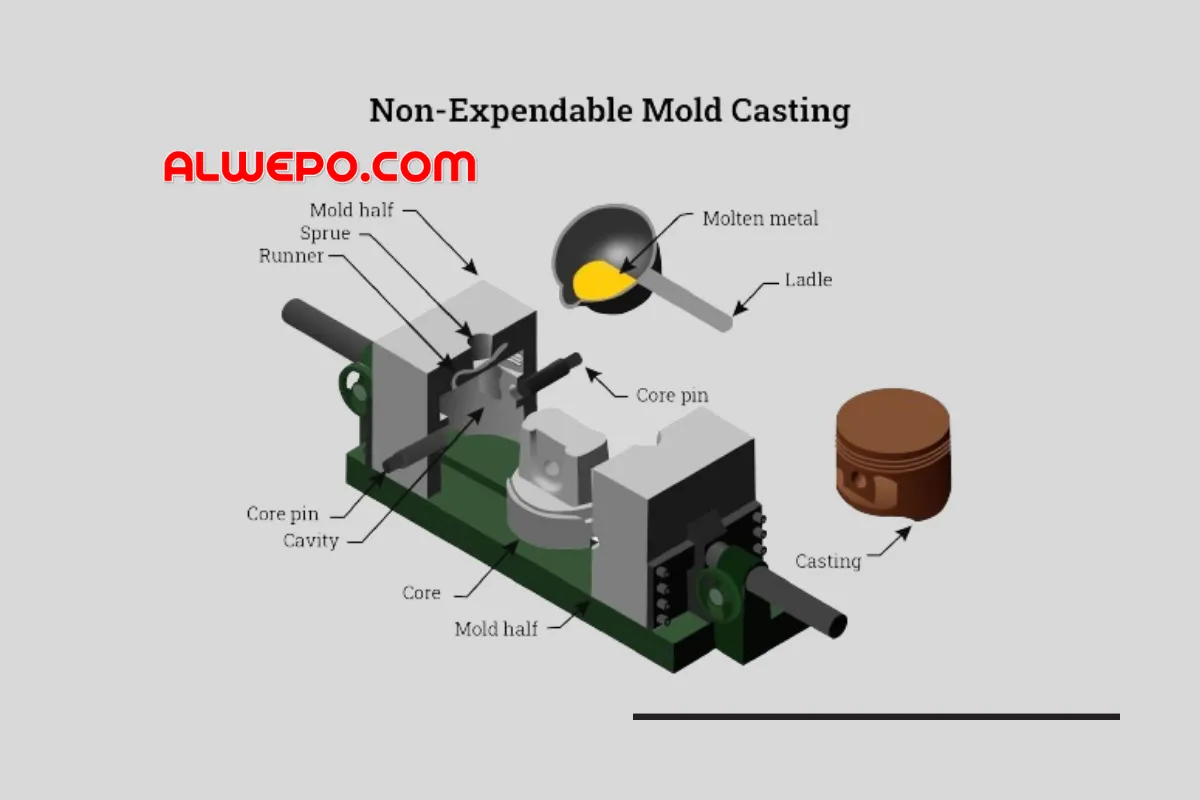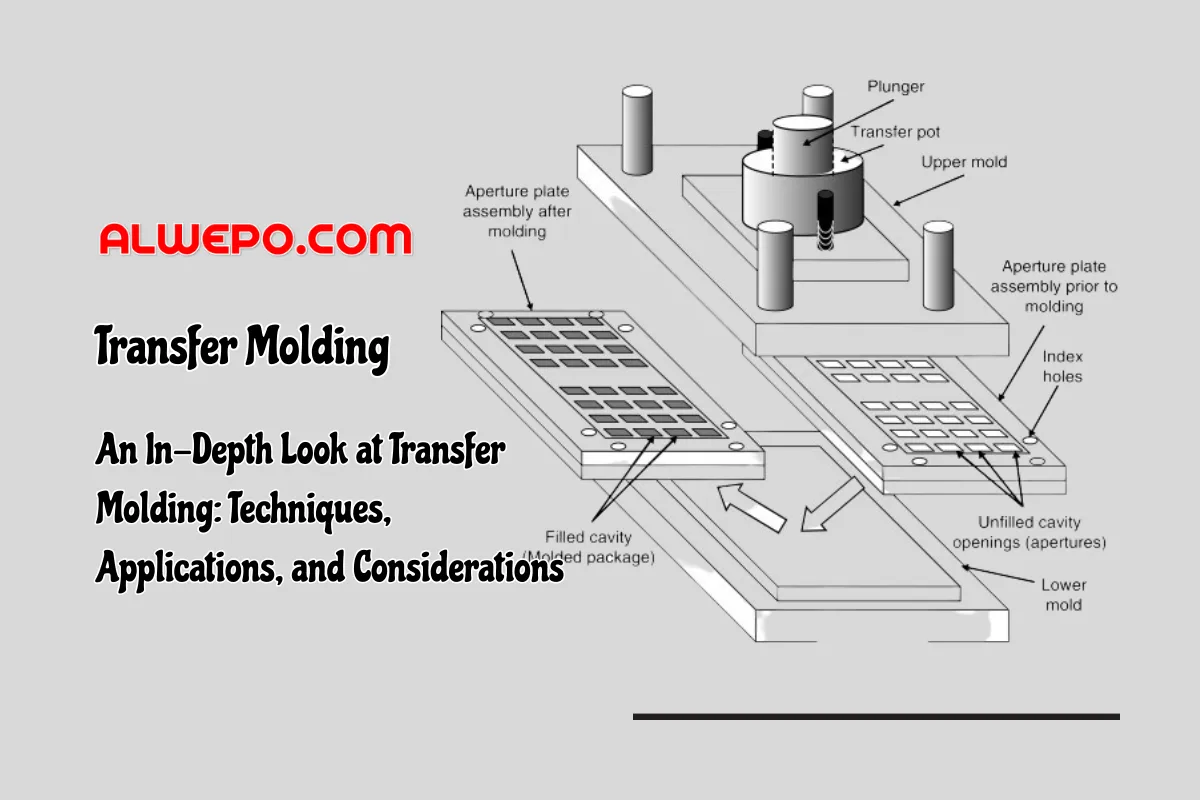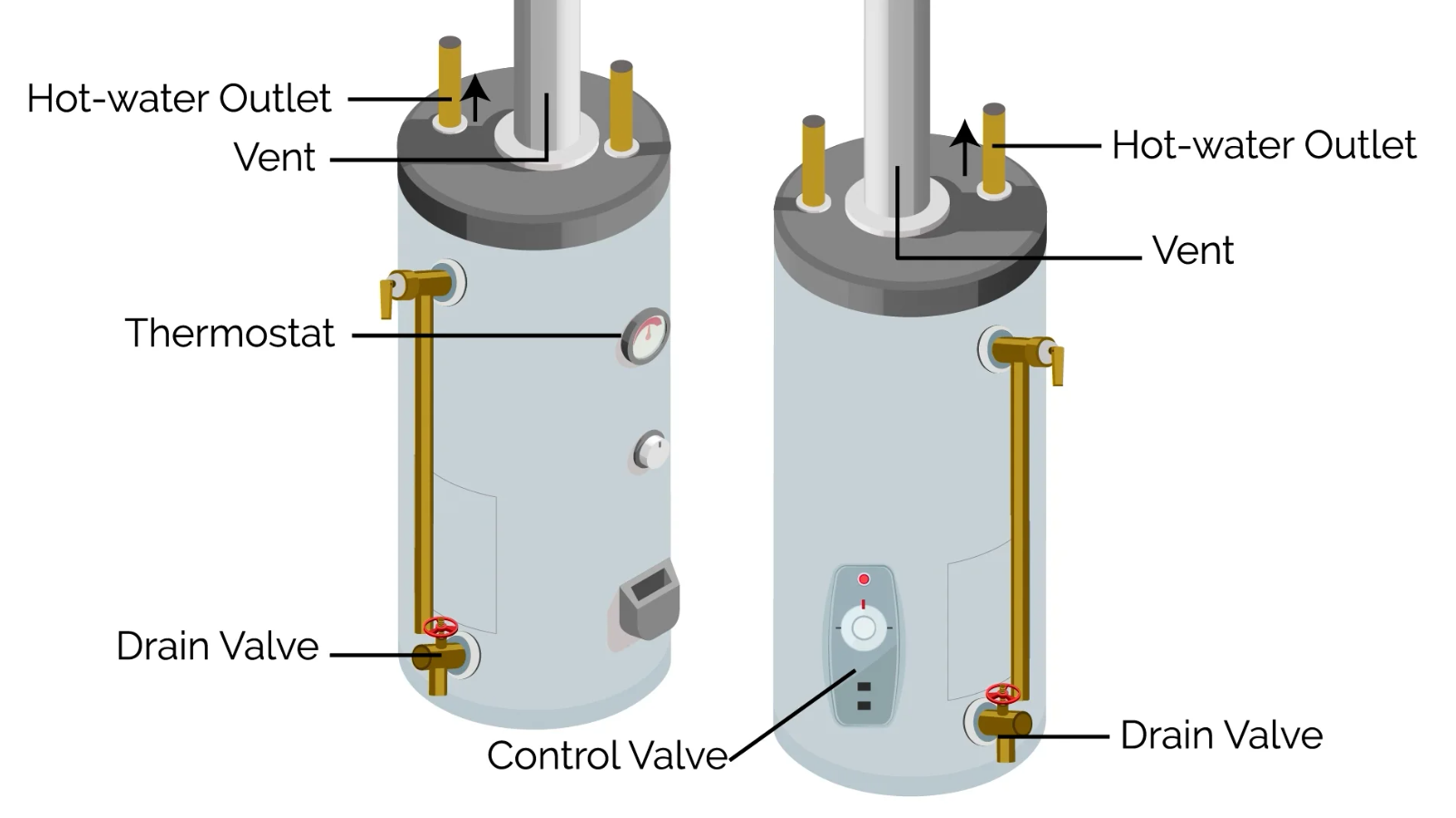alwepo.com, Tensile Strength vs. Yield Strength – When it comes to evaluating the strength of materials, engineers and scientists rely on a variety of measures to ensure the safety and performance of structures and components. Two crucial measures in this context are tensile strength and yield strength. These properties play a fundamental role in determining materials for various applications, from bridges to airplane wings.
In this article, we will delve into the differences between tensile strength and yield strength, explore other common measures of strength, and highlight the importance of understanding these fundamental concepts in the field of engineering.
Tensile Strength: The Ultimate Breaking Point
Tensile strength is a measure of the maximum stress a material can endure while being pulled or stretched before breaking. It is a critical property for materials used in applications where they are subjected to extreme stretching forces, such as bridges, cables, and airplane wings. Tensile strength is typically measured in Pascals (Pa) or megapascals (MPa) and is represented on a stress-strain curve as the point where the curve reaches its peak and starts descending.
To better understand tensile strength, imagine pulling a rubber band until it snaps. The point at which the rubber band breaks is its tensile strength. This property is essential for engineers to ensure that materials can withstand the forces they will experience in real-world applications without catastrophic failure.
Yield Strength: The Onset of Deformation
Yield strength, on the other hand, is the stress at which a material begins to undergo permanent deformation under tension. It marks the point at which the material ceases to behave elastically and starts to exhibit plastic deformation. Yield strength is crucial for designers to establish safe limits for materials in applications where deformation is acceptable but failure is not, such as in the design of structural components.
To better understand yield strength, think of bending a paperclip back and forth. Initially, the paperclip will return to its original shape, but after a certain point, it will permanently deform and not spring back. The stress at which this deformation begins is the yield strength of the paperclip. Yield strength is also measured in Pascals (Pa) or megapascals (MPa) and is represented on a stress-strain curve as the point where the material’s behavior transitions from elastic to plastic deformation.
Common Measures of Strength
In addition to tensile strength and yield strength, there are other common measures of strength that are important for engineers and designers to consider when selecting materials for specific applications:
1. Compressive Strength
Compressive strength refers to a material’s ability to withstand forces that push or compress it. It measures the maximum stress a material can withstand while being compressed before it fails or collapses.
Importance: Compressive strength is crucial in applications where materials are subjected to crushing or compacting forces, such as in building foundations, columns, and concrete structures. It ensures that these materials can support the loads they are designed to bear without undergoing catastrophic failure.
2. Shear Strength
Shear strength assesses a material’s resistance to forces applied parallel to its surface. It measures the maximum stress a material can withstand before it undergoes shearing or sliding deformation.
Importance: Shear strength is vital in applications where materials experience lateral forces, such as cutting, sliding, or punching. For example, in the design of bolts, joints, and fasteners, shear strength ensures that these components can maintain structural integrity and resist forces acting parallel to their surfaces.
3. Torsional Strength
Torsional strength evaluates a material’s resistance to twisting or rotational forces. It measures the maximum stress a material can withstand before it deforms or fails due to torsional stresses.
Importance: Torsional strength is essential in structures and components subjected to rotational forces, such as shafts, screws, and gears. It ensures that these materials can withstand twisting motions without experiencing excessive deformation or failure, thus maintaining their functionality and structural integrity.
Differences Between Tensile and Yield Strength
1. Definition
Tensile Strength: Tensile strength represents the maximum stress a material can endure while being pulled or stretched before breaking. It measures the ultimate failure point of the material under tensile (pulling) forces.
Yield Strength: Yield strength indicates the stress at which a material begins to undergo permanent deformation under tension. It marks the onset of plastic deformation, where the material changes shape without returning to its original form after the load is removed.
2. Behavior Under Load
Tensile Strength: At the point of tensile strength, the material ultimately fails and fractures. It is the maximum stress the material can withstand before complete rupture.
Yield Strength: Yield strength marks the onset of plastic deformation without failure. The material undergoes permanent deformation under tension but does not necessarily rupture or fail.
3. Importance in Engineering
Tensile Strength: Engineers use tensile strength to ensure that materials can withstand extreme stretching forces without catastrophic failure. It is crucial in applications where materials experience significant tensile loads, such as bridges, cables, and aerospace components.
Yield Strength: Yield strength is essential for designers to establish safe limits for materials in applications where deformation is acceptable but failure is not. It helps determine the point at which a material’s behavior transitions from elastic to plastic deformation, ensuring structural integrity while allowing for some degree of deformation.
4. Stress-Strain Curve
Tensile Strength: On a stress-strain curve, tensile strength appears as the point where the curve reaches its peak before descending, indicating material failure.
Yield Strength: Yield strength is represented on the stress-strain curve as the point where the material’s behavior transitions from elastic deformation (linear portion of the curve) to plastic deformation (non-linear portion of the curve).
5. Total Value Magnitude
Tensile Strength: Tensile strength values are typically higher than yield strength values since they represent the maximum stress a material can withstand before failure.
Yield Strength: Yield strength values are lower than tensile strength values because they reflect the stress at which plastic deformation begins, which is generally below the point of material failure.
In summary, tensile strength and yield strength are both critical measures of a material’s elastic limit and its ability to withstand forces before they fail. Tensile strength helps engineers assess a material’s ultimate breaking point, while yield strength helps them determine when plastic deformation begins. Understanding these distinctions is essential for choosing the right materials for specific applications and ensuring the safety of structures and components.
When selecting materials for engineering and construction projects, it is important to strike a balance between tensile strength and yield strength to meet the desired performance and safety criteria. By considering these fundamental properties, engineers and designers can make informed decisions that ensure the reliability and longevity of their creations.















Leave a Reply
View Comments